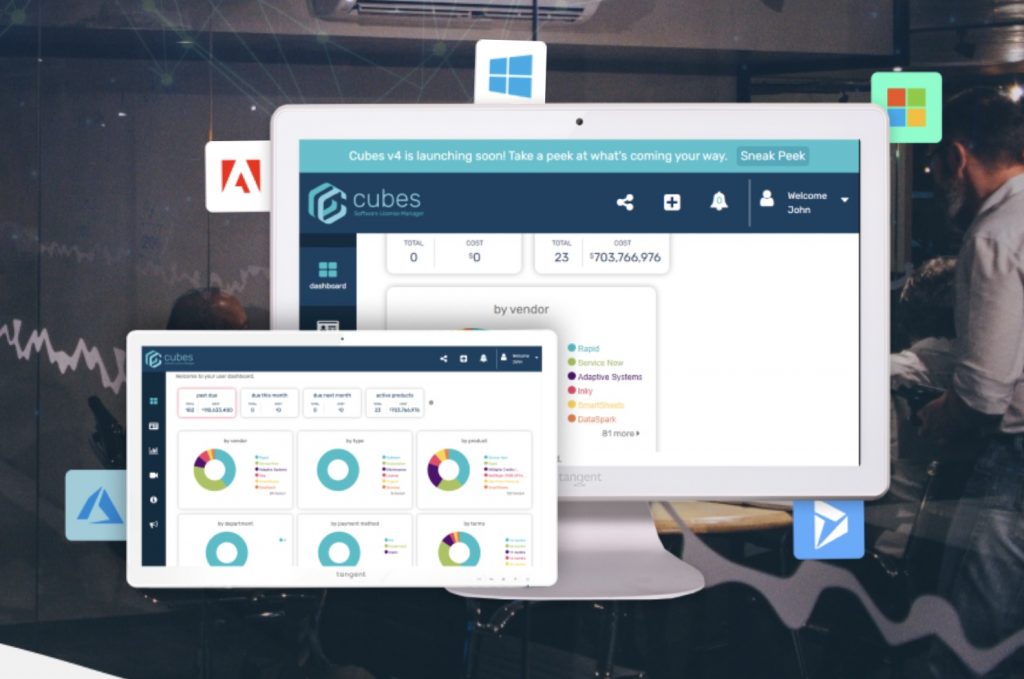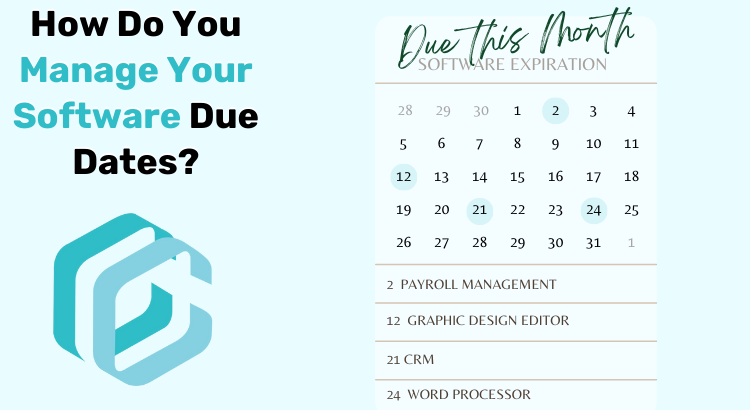Payroll software, graphic design software, Microsoft Suite solutions- the number of licenses your organization uses are aplenty! Keeping track of software due dates is crucial for businesses and organizations to ensure the seamless operation of their digital infrastructure. One key aspect of achieving this is through effective Software License Management (SLM). In this blog, we will explore the significance of SLM and provide insights into how it can help you stay on top of software due dates.
Understanding Software License Management:
Software License Management involves the systematic control and organization of software licenses within an organization. This process is essential for optimizing software usage, ensuring compliance with licensing agreements, and avoiding legal complications. By implementing a robust SLM strategy, businesses can efficiently manage their software assets, including monitoring expiration dates and renewal requirements.
The Role of SLM in Tracking Due Dates:
- Renewal Reminders: Software licenses come with expiration dates, and overlooking these dates can lead to disruptions in operations. SLM tools can send timely renewal reminders, ensuring that licenses are renewed promptly to avoid any downtime.
- Automated Notifications: SLM systems can be configured to send automated notifications as due dates approach. This proactive approach enables IT teams to plan and execute necessary actions well in advance.
- Centralized Dashboard: Utilizing a centralized dashboard provided by SLM tools allows organizations to have a consolidated view of all software licenses and their respective due dates. This visual representation facilitates easy monitoring and quick decision-making.
- Compliance Tracking: Software vendors often release updates or new versions, requiring organizations to stay compliant with their licensing terms. SLM solutions help in tracking these changes and ensuring that due dates for updates or new licenses are met.
- Risk Mitigation: Failure to comply with software licensing agreements can result in legal consequences and financial penalties. SLM serves as a proactive measure to mitigate these risks by providing real-time insights into the status of software licenses.
Implementing Effective Software License Management:
- Choose the Right SLM Tool: Selecting a suitable SLM tool that aligns with the organization’s needs is crucial. Look for features such as automated notifications, centralized monitoring, and compliance tracking.
- Regular Audits: Conduct regular audits of software licenses to identify any discrepancies or non-compliance issues. This proactive approach helps in addressing potential problems before they escalate.
- Employee Training: Educate employees about the importance of adhering to software licensing agreements. Awareness programs can contribute to a culture of compliance within the organization.
Discover Cubes, Software License Solution
Cubes, is an innovative software license management solution designed to be easy to navigate and use. From Calendar, you can view your license due dates. From the dashboard, helpful insights such as monthly, annual or per-department software costs can be viewed. Generate reports easily, such as 2023 per-quarter company software costs.

Demo Cubes today, HERE: DEMO
Effective Software License Management is the cornerstone of keeping track of software due dates. By leveraging SLM tools and strategies, organizations can ensure optimal software usage, stay compliant with licensing agreements, and mitigate the risks associated with non-compliance. Incorporate these practices into your IT management processes, and you’ll be well-equipped to navigate the dynamic landscape of software due dates.
